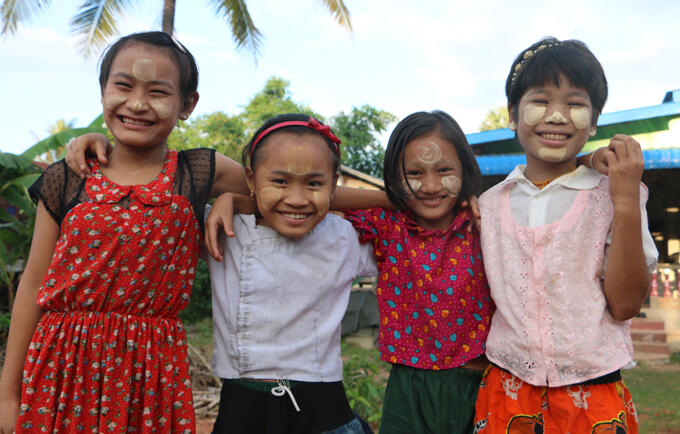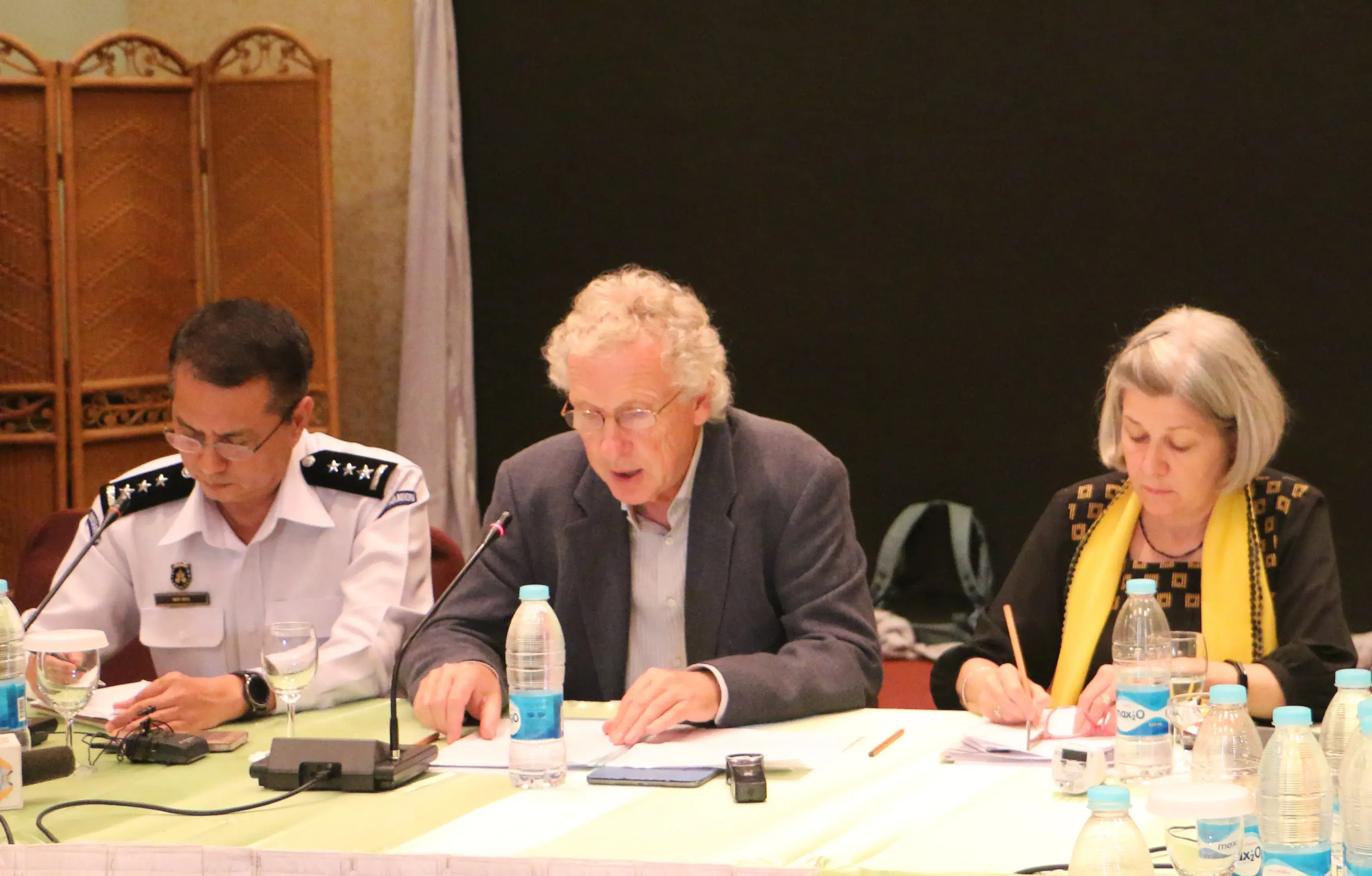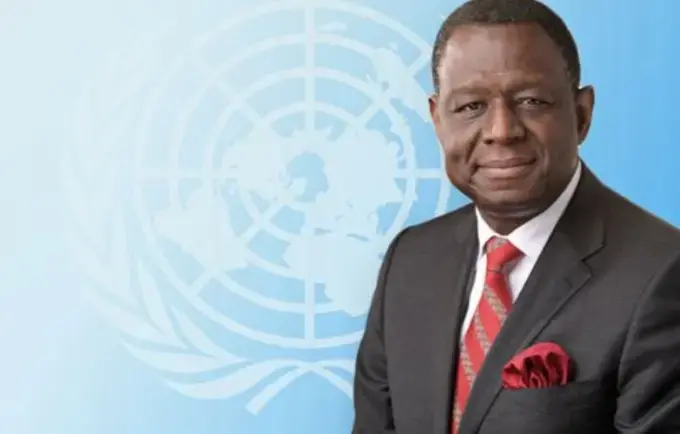According to the 2014 Myanmar Population and Housing Census, young people, aged 10-24, account for almost 30 per cent of the total population; a huge potential reservoir for the development of the country as it continues to progress through socioeconomic and democratic reforms. This year’s State of the World Population report highlights that how the world will look in 15 years’ time depends on unleashing the full potential of a 10-year-old girl today. This is particularly pertinent in Myanmar where the participation of women in the labour force is low. If the right investments are made in the economy, education and health care, the country has the potential to reap a double dividend by tapping into the huge resources of young people in the country, particularly girls. Investments need to be made in education, health care and policies that encourage economic growth, so that a girl who is ten’s years old today will be in gainful employment when she is 25; the date when the sustainable development goals are targeted to be achieved.
Kayin State, in the Southeastern region of Myanmar, witnessed one of the most protracted armed conflicts in the country. Although a newly elected government came to power in 2015 on the promise of peace and national reconciliation, Kayin State still bares the scars of the conflict, evident in its social and economic development. Ma Yinn Kone village is a 45 minute drive from Hpa An, the capital of Kayin State. It currently has one school where children can study until the 6th grade (aged 12); after that their lives are uncertain. Naw Heh Hsoe, (not her real name) attends the school. When asked about her aspirations, she replies, her voice barely audible: “To be a nurse.” Her friends, most of them 10 year old girls, also have their own aspirations. Most of them want to become teachers, while others want to become nurses or doctors.
Naw Myint Myint Aye, aged 24 from Ma Yinn Kone, explains the current situation: “Many children usually drop out of school after the age of 10, either because their families lack the economic means for further education, or their parents simply do not think education is worthwhile.” Further education depends on the availability of schools; there is not a middle and high school in every village. Naw Myint Myint Aye continued: “After a few years in the village, these young people go to Thailand, ‘over the mountains’ as the locals say. They join families, relatives and friends and work as daily wagers in factories. Being migrant workers, they do not have basic human rights. It’s been like this for three decades; it’s a way of life.”
Since the early 2000s, UNFPA, in collaboration with the Ministry of Health and Sports, as well as National and International Non-Governmental Organizations, including the Myanmar Medical Association, Association François-Xavier Bagnoud and Marie Stopes International, has initiated a number of health education programmes aimed at adolescents and youth across the country. The goal is to provide age appropriate information so that they can make healthy and informed choices that will affect their lives on many fronts. Recently, UNFPA and partner organizations, started a youth friendly mobile application where sexual and reproductive health information is available through mobile phones. And importantly UNFPA, in collaboration with the Ministry of Social Welfare, Relief and Resettlement, is actively participating in the formulation of a national youth policy, so that young people can participate in policies and programmes that affect their future.
With support from family, community and the country, and the full realization of her rights, a 10-year-old girl can thrive and bring about the future we all want. But this depends on the choices that parents to policymakers, educators to health care professionals, economists to entrepreneurs, and journalists to community leaders make now. As Naw Myint Myint Aye said: “The country has taken a great leap forward, and must continue along this path. Adolescents and younger generations must have access to high quality education, health care and participate in civil society. And there must be good job opportunities for future generations.” Reflecting the hopes of many families in remote border areas she said: “We do not want anymore ‘going over the mountains’ for future generations.”




